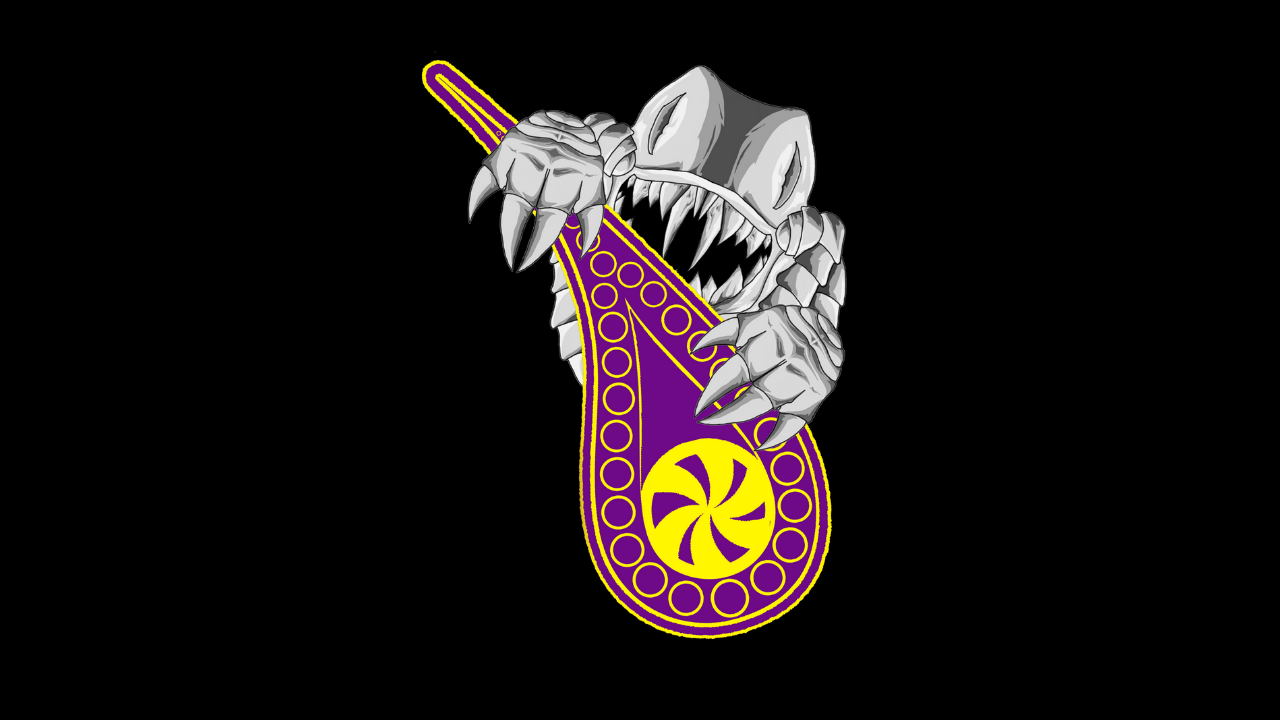Installation of the Art Deco Protective Angel atop the Russell Institute in Paisley
- Gavin Divers
- Feb 6
- 4 min read
The Russell Institute in Paisley stands as one of the town’s most distinguished architectural landmarks, seamlessly blending Beaux-Arts grandeur with Art Deco modernism. Commissioned by Miss Agnes Russell and completed in 1927, the building was a philanthropic gift to the people of Paisley in memory of her late brothers, Robert and Thomas Russell. Originally serving as a child welfare clinic, it played a pivotal role in Scotland’s early public health initiatives, aiming to enhance the well-being of mothers and children.

Beyond its function, the Russell Institute is celebrated for its striking façade, intricate carvings, and, most notably, the Art Deco protective angel sculpture by the esteemed Scottish sculptor Archibald Dawson. Installed atop the entrance, this bronze angel, cradling a child, serves as a poignant symbol of the institution’s dedication to care, guidance, and nurture.
Agnes Russell and the Legacy of the Russell Family
The Russell Institute was the result of both personal loss and civic generosity. Coming from a prominent Paisley family with deep industrial ties, particularly in the textile industry, Agnes Russell channelled her wealth into charitable causes. The deaths of her brothers, Robert and Thomas, spurred her desire to honour their memory through public service.
Her vision extended beyond constructing a building; she sought to establish a lasting institution that would provide healthcare for children and families, ensuring that Paisley’s working-class population had access to medical support. At the time, infant mortality rates in Scotland were alarmingly high, and paediatric healthcare facilities were scarce. The Russell Institute emerged as a pioneering model, offering vaccinations, check-ups, nutritional support, and maternal health education.
The Protective Angel by Archibald Dawson
A defining feature of the Russell Institute is its bronze Art Deco angel sculpture, masterfully created by the Scottish sculptor Archibald Dawson. Positioned above the entrance, the angel stands in a protective posture, cradling a child, encapsulating the building’s ethos of care and compassion.
Dawson, a renowned sculptor and instructor at the Glasgow School of Art, drew inspiration from classical mythology and the emerging Art Deco aesthetic. His influence is evident in the stylised wings and geometric contours of the angel, which embodies both modernist elegance and timeless guardianship. The sculpture remains one of Scotland’s most outstanding examples of public Art Deco artistry.

Architectural Significance and Design
Designed by architect James Steel Maitland, the Russell Institute marries Beaux-Arts symmetry with the bold modernism of Art Deco. Constructed from polished sandstone, the building’s façade is richly ornamented with sculptural elements, including depictions of children, medical motifs, and intricate stylised patterns.
Inside, the building was designed to be both functional and stately. Spacious consultation rooms, high ceilings, and large windows fostered a bright, hygienic environment—crucial for a healthcare facility. Ornate staircases, carved stone reliefs, and decorative metalwork further elevate its architectural refinement. Its Category A listing attests to its historical and architectural importance, ensuring its continued preservation as a key element of Paisley’s built heritage.
Public Reception and Role in Paisley’s Healthcare
Upon its opening in 1927, the Russell Institute was heralded as a progressive advancement for public health in Scotland. Local press praised its innovative design and civic purpose, and the facility quickly became an integral part of the community, serving thousands of families over six decades.
More than just a healthcare centre, the Russell Institute provided a trusted space for mothers seeking guidance and medical care for their children. It was a cornerstone of Scotland’s evolving public health infrastructure, particularly in industrial towns where poverty and disease were persistent challenges.
Decline and Abandonment
By the late 20th century, shifts in healthcare services led to the Russell Institute’s gradual decline. Advances in paediatric medicine and decentralised clinics rendered the facility’s role less central, leading to its closure as a healthcare centre. For many years, the building remained vacant, facing the risk of deterioration.
Despite its architectural significance, the institute’s future was uncertain. Preservationists voiced concerns over potential neglect and decay, prompting discussions on how best to repurpose the space.
Restoration and Revitalisation (2015–2017)
Recognising the historical and architectural significance of the Russell Institute, a comprehensive restoration effort commenced in 2015. Funded by Renfrewshire Council, Historic Environment Scotland, and the Scottish Government, the project sought to conserve the building’s Art Deco and Beaux-Arts elements while adapting it for contemporary use.
Key restoration efforts included:
Conservation of Archibald Dawson’s bronze angel sculpture, ensuring its longevity.
Extensive stonework repairs and cleaning of the intricate carvings.
Interior refurbishments to accommodate new tenants.
Upgraded accessibility features to align with modern standards.
In 2017, the Russell Institute reopened as a skills development hub, housing Skills Development Scotland and the University of the West of Scotland’s Health & Life Sciences team. The revitalised building now serves Paisley’s economy, offering training and employment opportunities.
Contemporary Significance and Recognition
Today, the Russell Institute remains a celebrated architectural landmark, recognised as one of Scotland’s finest preserved Art Deco civic buildings. It stands as a testament to Paisley’s philanthropic legacy, honouring Agnes Russell’s generosity and the town’s dedication to public welfare.
The protective angel sculpture by Archibald Dawson continues to watch over Paisley, a timeless emblem of care and guardianship. As Paisley undergoes cultural regeneration, the Russell Institute remains a proud reminder of the town’s architectural heritage and civic history, ensuring that its story endures for future generations.





Bình luận